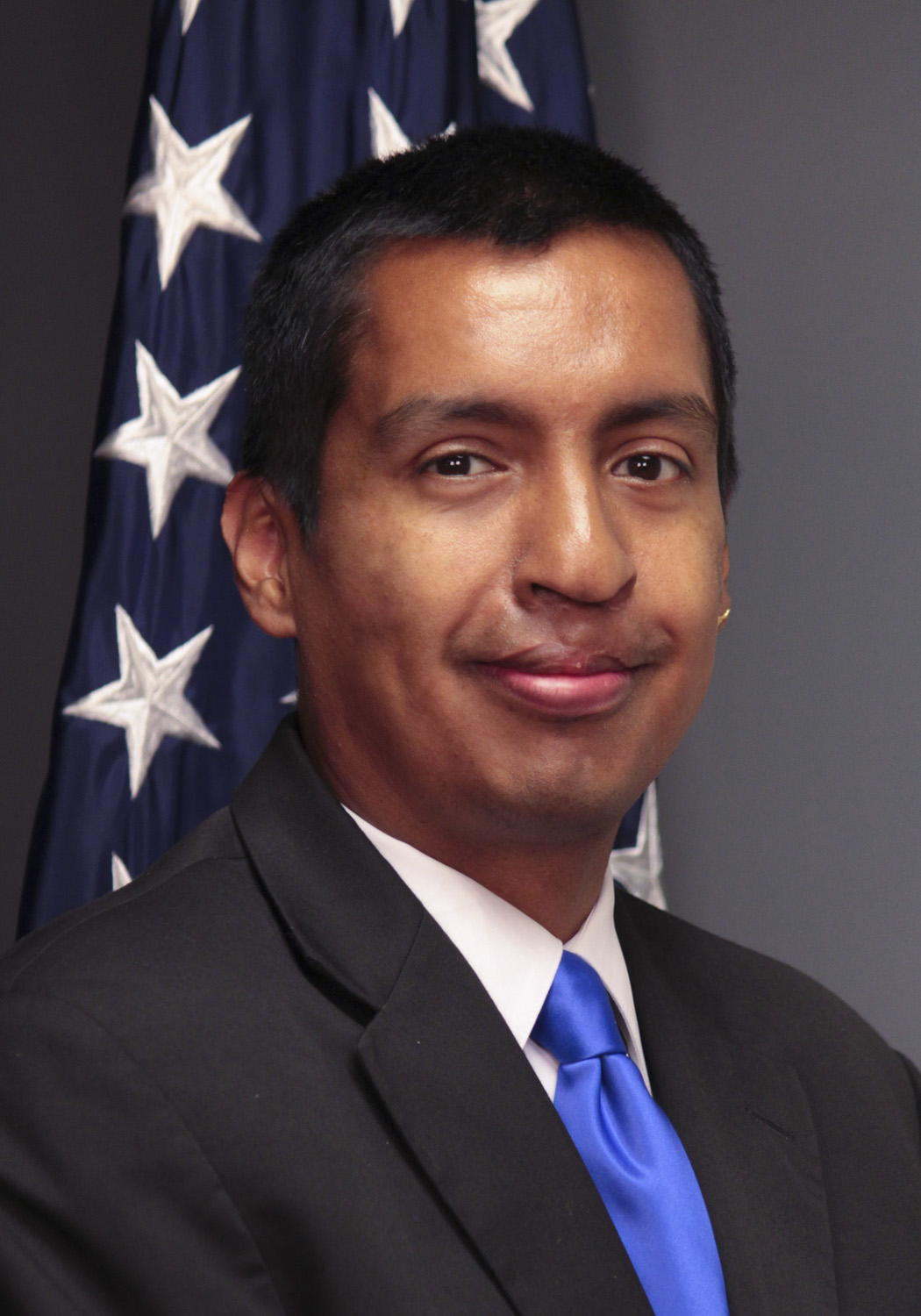Health Care Access and Utilization Among Adults Aged 18–64, by Poverty Level: United States, 2013–2015
Posted on by

Questions for Michael Martinez and Brian Ward, Health Statisticians and Lead Authors on “Health Care Access and Utilization Among Adults Aged 18–64, by Poverty Level: United States, 2013–2015.”
Q: What findings in the report surprised you and why?
MM BW: We found it noteworthy that even though all adults aged 18-64 among all poverty level subgroups had decreases in the uninsured population from 2013 through 2015, only poor and near-poor adults had increases in the percentage that had a usual place to go for medical care and had seen or talked to a health professional in the past 12 months.
Q: How has the number of uninsured adults aged 18-64 by poverty level changed from 2013 to 2015?
MM BW: In 2013, 10.9 million poor, 13.2 million near-poor, and 15.2 million not-poor U.S. adults aged 18-64 were uninsured; in 2015, 6.6 million poor, 8.2 million near-poor, and 10.3 million not-poor U.S. adults aged 18-64 were uninsured. There were 4.3 million fewer poor, 5 million fewer near-poor, and 4.9 million fewer near-poor uninsured adults aged 18-64 from 2013 through 2015.
Q: What did you find out from the percentage of adults aged 18-64 among all poverty level subgroups who did not obtain needed medical care due to cost?
MM BW: We observed that percentage of adults aged 18-64 who did not obtain needed medical care due to cost decreased for all poverty level subgroups from 2013 through 2015, but the largest percentage point decreases were among poor adults, 4.2 percentage point decrease, and near-poor adults, 3.6 percentage point decrease, respectively.
Q: How do you determine federal poverty level?
MM BW: Federal poverty level was determined through a series of questions on the National Health Interview Survey (NHIS) to obtain family income. Federal poverty level was then determined by dividing the total family income by the U.S. Census Bureau’s poverty threshold specific to a family’s size and age of members in that family. This ratio is multiplied by 100, and family poverty level was determined based on where a family fell relative to certain thresholds. Adults were considered poor if their family poverty level fell below 100% of the threshold. Adults were determined to be near-poor if their family poverty level fell at or above 100% but less than 200%. And adults were considered not-poor if their family poverty level fell at or above 200%.
Q: What can you conclude from this report?
MM BW: We concluded from this report that despite improvements in health insurance coverage and health care access from 2013 through 2015 for poor and near-poor adults aged 18-64, they were still less likely than not-poor adults to have a usual place to go for medical care and to have seen or talked to a health professional in the past 12 months.